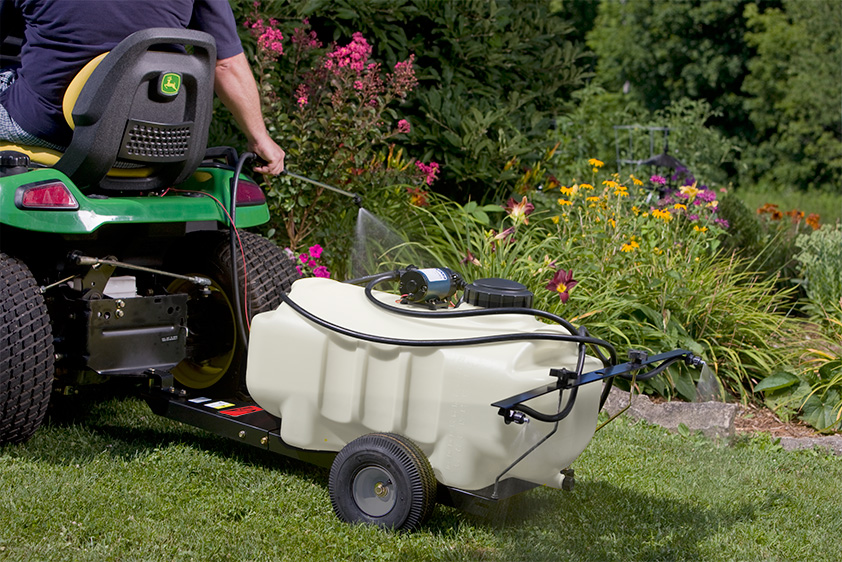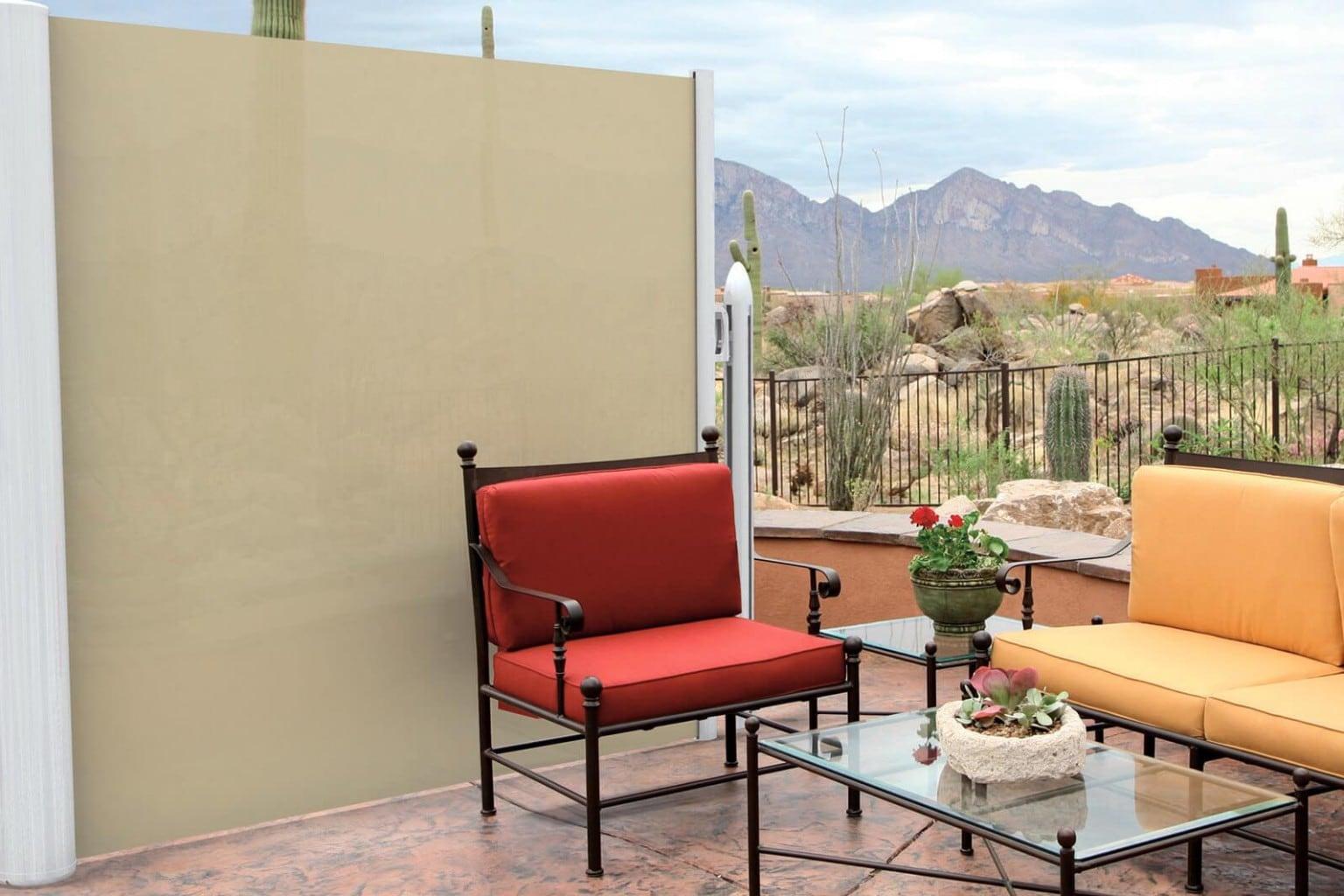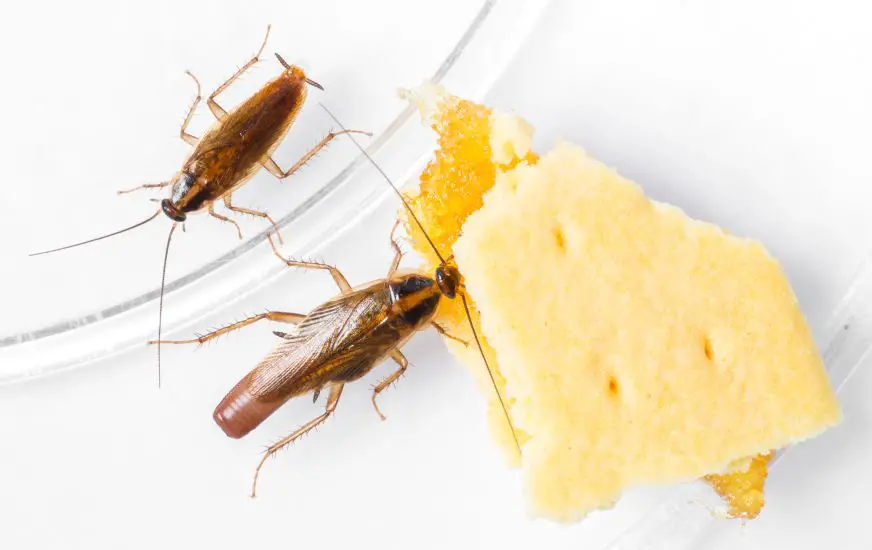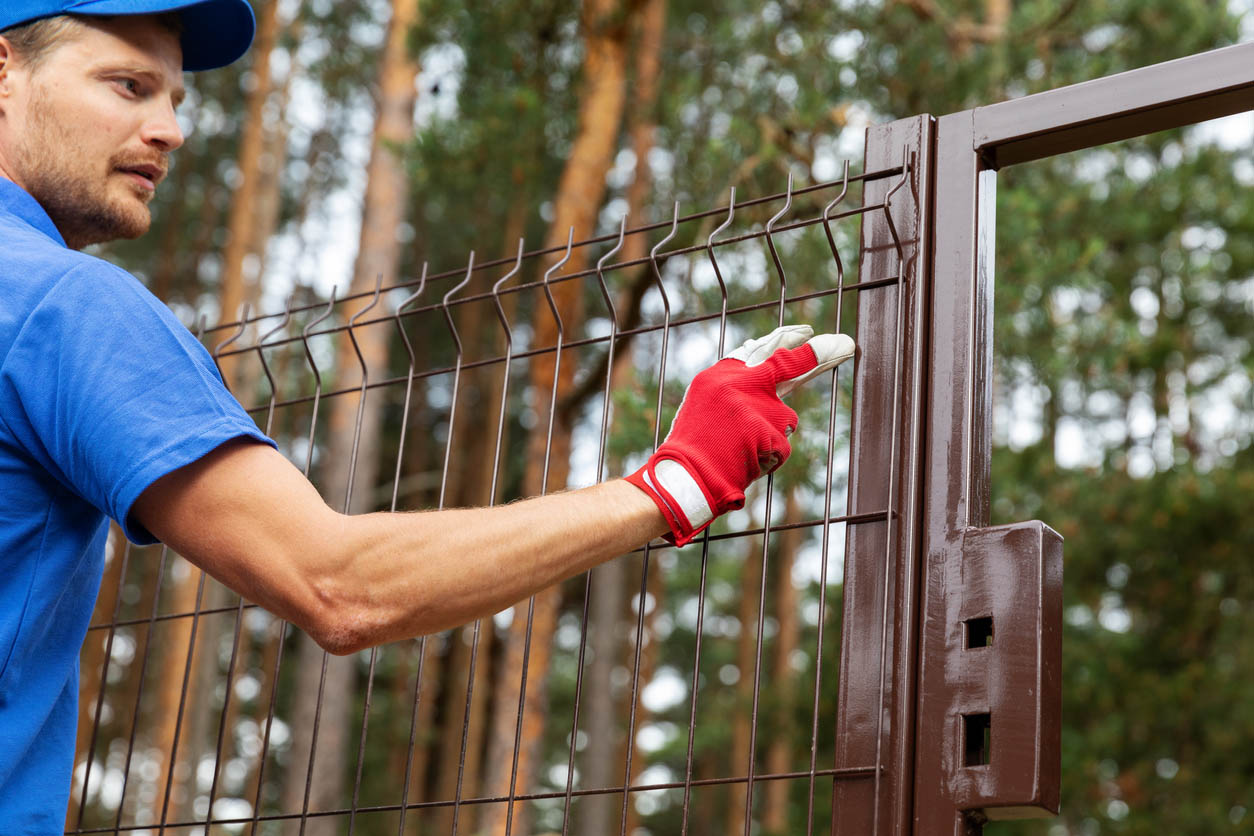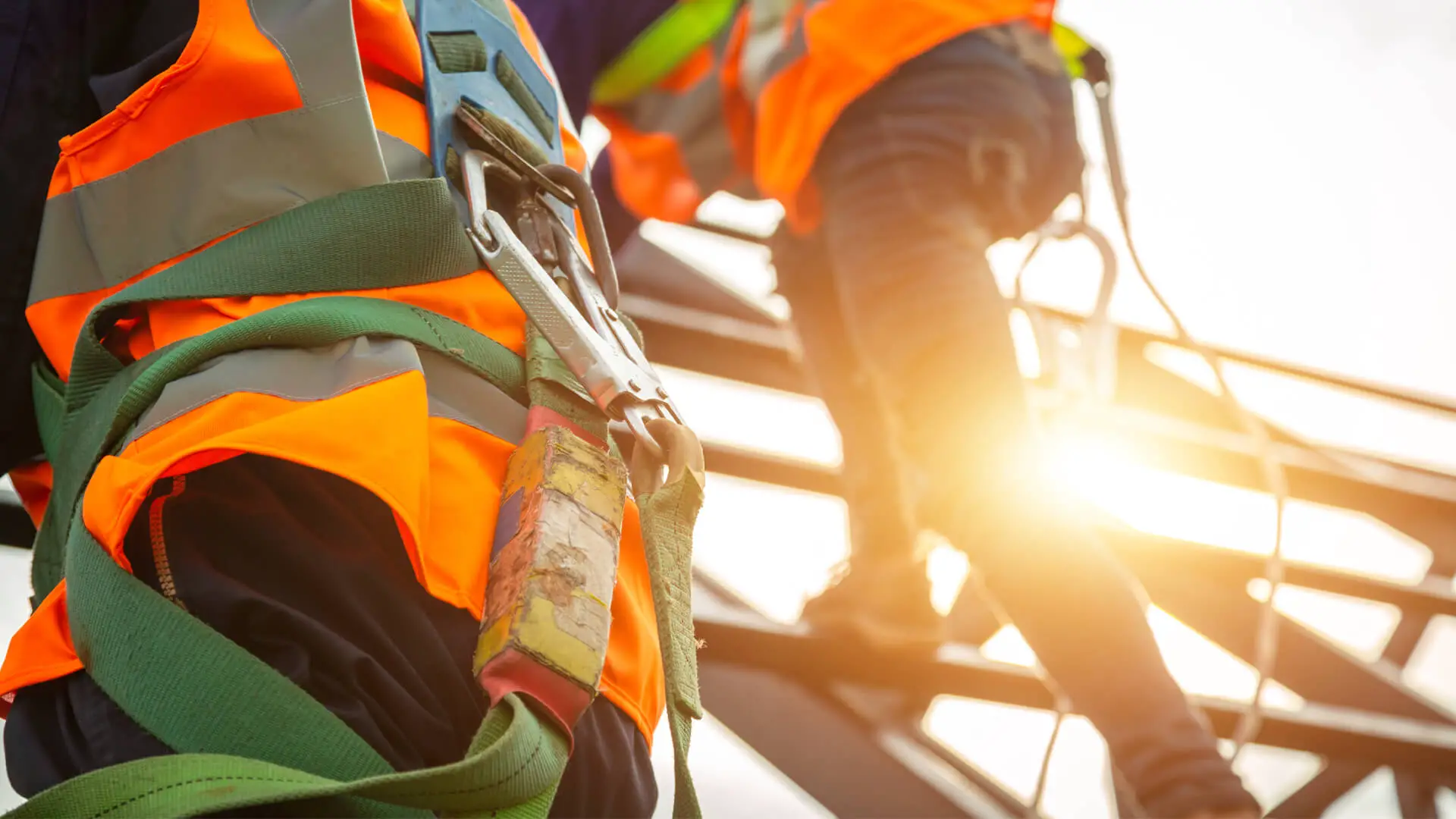A pull-behind sprayer can make treating sprawling estate lawns relatively easy and convenient. It’s a much faster and more efficient alternative to a backpack sprayer, a machine that should work for your garden but not for hectares of land.
Compared to a backpack sprayer, a pull-behind doesn’t keep you on your feet for hours while supporting a container’s considerable weight. That said, what size tow-behind do you actually need?
What Should You Look for in a Pull-Behind Sprayer?
Today, we’ll look to answer what key functions to consider when selecting a pull-behind. That way, you’ll end up with a model that suits your needs. When picking out a pull-behind sprayer, make sure to have a look at the following features and functions:
Size/Capacity
The task dictates how small or big of a tow-behind sprayer you should acquire. If you’re looking to treat no more than an acre, a 15-gallon machine should be enough. If it’s two acres, a 25-gallon model should suffice. Lastly, if it’s four acres, expect a 40-gallon model to handle the job adequately.
In most cases, landscapers won’t need a machine exceeding the 15-gallon to 25-gallon range. In comparison, farmers and managers of larger estates will typically require a 40-gallon model.
Wheels
Models with air-filled wheels and 10-inch tires are the best options for large-scale treatment. In particular, 10-inch tires are a little more vibration-resistant and friction-reducing than their eight-inch counterparts.
Because of this, you will need a sprayer with 10-inch tires for acres of farmland. On the other hand, if you’re only looking to treat less than an acre of land, an eight-inch tire should be up to the task.
The tire tread is also a feature to be on the lookout for, as it provides traction. With treads, wheels are able to navigate through loose soil and grass more efficiently, whether it’s uphill or downhill.
Frame Materials
When purchasing a trailer-type tow-behind sprayer, keep a particular eye out for the frame materials. In most of these machines, you get frames made of steel. Thus, they also need to come with rust-preventive features to keep these sections from breaking down prematurely.
At the very least, these metal parts should come with a protective coating to keep the elements from wearing them down. Protective coatings typically come in the form of a special powder with corrosion-resistant qualities.
Working in tandem with a stainless or galvanized steel axle, this substance will ensure rust rarely comes between the machine and its task. Choosing a steel frame also offers the best defense against rocky terrain and long-term wear and tear.
Spray Booms
Expect spray booms to come in either collapsible or fixed designs in your chosen tow-behind. Collapsibles are the more popular choice because of their easy folding and storage. However, you can count on models with fixed booms to be more affordable and more practical for large-scale treatment.
Most booms tend to be about 70 inches, with some models either being slightly shorter or longer. Pick one that comes with adjustable nozzles so that you can position the sprays in all directions. Depending on the length of the boom, it can have anywhere between two and six nozzles.
Tank Materials
Another vital consideration when choosing a pull-behind model is the tank materials. Ideally, the tank has to be constructed using polyethylene, a chemical-resistant plastic that neither contaminates nor reacts adversely with your other tools.
Transparent tanks are preferable, as they allow you to keep watch of the fluid levels. Furthermore, these tanks’ translucence helps in light diffusion, which prevents the chemical degradation that typically occurs when working midday.
Spray Wand
This part is what attaches to the pull-behind’s hose and allows you to spray certain areas by hand. Typically, units that come with spray wands are meant for smaller-scale tasks. Their tanks also come with gun clips, where the wand is and where the spraying width is set to cater to your spraying specifications.
Hose Length
How far away from the tank do you expect to spray from? The answer to this should have you considering the hose length. The generic 15-foot hose should suffice for most needs. However, farmers may find themselves requiring twice that length in a 30-foot hose. You can opt for both, too, given that hoses are relatively affordable and come in models with easy storage features.
Nozzles
When it comes to nozzles, the brass-constructed ones are usually the best. They are more durable and last longer. Not to mention, they have relatively high resistance to most of the chemicals used for lawn treatment.
Have a Pull-Behind Sprayer in Mind?
You’ll find these features essential when selecting from the range of pull-behind sprayers on the market. In particular, size contributes heavily to the usefulness of a specific unit. Pick a too-small option, and you could have additional work in your hands. Alternatively, select one with a too-high capacity, and you could be wasting money on fuel, maintenance, and additional features that won’t benefit your purpose.
